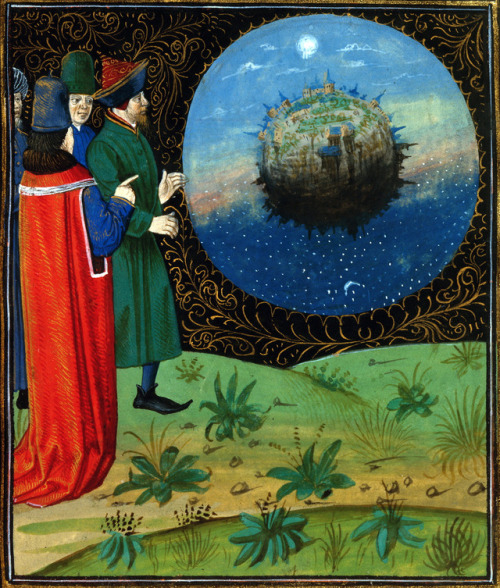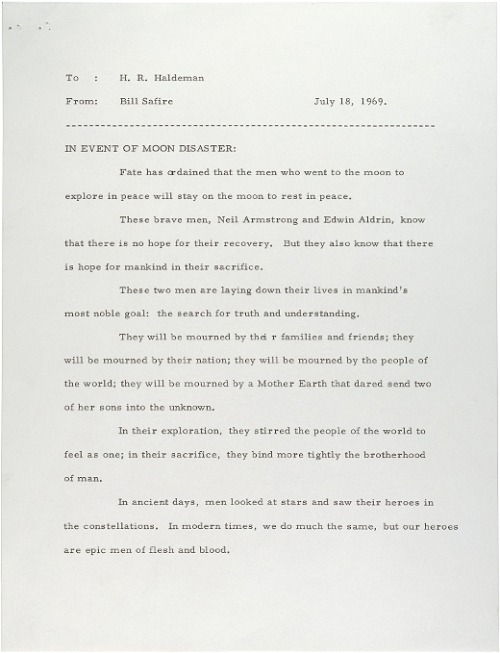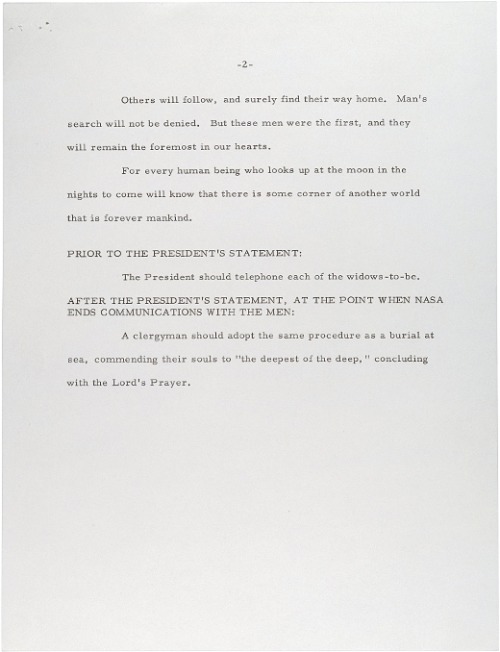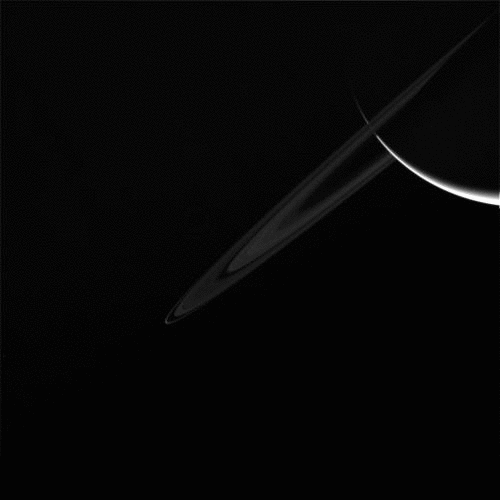On March 2, 1963 Engineer Thomas Byrdsong Checks The Apollo/Saturn 1B Ground-wind-loads Model In The

On March 2, 1963 Engineer Thomas Byrdsong checks the Apollo/Saturn 1B Ground-wind-loads model in the Transonic Dynamics Tunnel at Langley Research Center in Hampton, Virginia. Credit: NASA
More Posts from Needingsomespace and Others

astronomers
Bartholomeus Anglicus, ‘Livre des propriétés des choses’ (‘De proprietatibus rerum’, French translation of Jean Corbechon), Bruges ca. 1470
BnF, Français 134, fol. 169r
happy 127 bday Mr. Hubble 💕🔭







On the occasion of astronomer Edwin Hubble’s birthday, let’s take a look at his stock in trade – galaxies. It was through his observations of these celestial wonders that Hubble changed our perception of the universe. This excerpt from NASA’s bio will give you the gist (and please note that all these galactic images are, of course, captured by the Hubble Space Telescope):
“Most astronomers of Hubble’s day thought that all of the universe — the planets, the stars seen with the naked eye and with powerful telescopes, and fuzzy objects called nebulae — was contained within the Milky Way galaxy. Our galaxy, it was thought, was synonymous with the universe.
In 1923 Hubble trained the Hooker telescope on a hazy patch of sky called the Andromeda Nebula. He found that it contained stars just like the ones in our galaxy, only dimmer. One star he saw was a Cepheid variable, a type of star with a known, varying brightness that can be used to measure distances. From this Hubble deduced that the Andromeda Nebula was not a nearby star cluster but rather an entire other galaxy, now called the Andromeda galaxy.
In the following years he made similar discoveries with other nebulae. By the end of the 1920s, most astronomers were convinced that our Milky Way galaxy was but one of millions in the universe. This was a shift in thought as profound as understanding the world was round and that it revolved around the sun.
Hubble then went one step further. By the end of that decade he had discovered enough galaxies to compare to each other. He created a system for classifying galaxies into ellipticals, spirals and barred spirals — a system called the Hubble tuning fork diagram, used today in an evolved form.
But the most astonishing discovery Hubble made resulted from his study of the spectra of 46 galaxies, and in particular of the Doppler velocities of those galaxies relative to our own Milky Way galaxy. What Hubble found was that the farther apart galaxies are from each other, the faster they move away from each other. Based on this observation, Hubble concluded that the universe expands uniformly. Several scientists had also posed this theory based on Einstein’s General Relativity, but Hubble’s data, published in 1929, helped convince the scientific community.”
You can click photos to identify the galaxies.
(Text: NASA/Images: HubbleSite)
Margaret Hamilton



Ieri Margaret Hamilton ha ricevuto il prestigioso premio "Presidential medal of freedom" per aver guidato con successo il team per la creazione dell'on-board computer dell'Apollo 11, permettendo quindi il primo allunaggio umano della storia

Voyager 1 color-enhanced image of Saturn taken on October 18, 1980, 25 days before closest approach.

40 YEARS AGO TODAY: The surface of Mars, as seen by NASA’s Viking 2 lander, September 25, 1977.










Visions of the Future
by NASA/JPL (Jet Propulsion Laboratory)



An address to the nation to be read by President Richard Nixon should the Apollo 11 astronauts become stranded on the moon,
To: H. R. Haldeman From: Bill Safire July 18, 1969. ——————————————————————————- IN EVENT OF MOON DISASTER: Fate has ordained that the men who went to the moon to explore in peace will stay on the moon to rest in peace. These brave men, Neil Armstrong and Edwin Aldrin, know that there is no hope for their recovery. But they also know that there is hope for mankind in their sacrifice. These two men are laying down their lives in mankind’s most noble goal: the search for truth and understanding. They will be mourned by their families and friends; they will be mourned by the nation; they will be mourned by the people of the world; they will be mourned by a Mother Earth that dared send two of her sons into the unknown. In their exploration, they stirred the people of the world to feel as one; in their sacrifice, they bind more tightly the brotherhood of man. In ancient days, men looked at the stars and saw their heroes in the constellations. In modern times, we do much the same, but our heroes are epic men of flesh and blood. Others will follow, and surely find their way home. Man’s search will not be denied. But these men were the first, and they will remain the foremost in our hearts. For every human being who looks up at the moon in the nights to come will know that there is some corner of another world that is forever mankind. PRIOR TO THE PRESIDENT’S STATEMENT: The President should telephone each of the widows-to-be. AFTER THE PRESIDENT’S STATEMENT, AT THE POINT WHEN NASA ENDS COMMUNICATIONS WITH THE MEN: A clergyman should adopt the same procedure as a burial at sea, commending their souls to “the deepest of the deep,” concluding with the Lord’s Prayer.
Don’t cry for Cassini: il lento suicidio nell’atmosfera del Signore degli Anelli
La sonda Cassini, lanciata il 15 ottobre 1997, è entrata in orbita attorno a Saturno il primo luglio del 2004. Prima di Cassini, Saturno veniva osservato quasi esclusivamente da Terra con l'eccezione delle immagini e dei dati raccolti dalle sonde Pioneer 11 e Voyager 1 e Voyager 2, che hanno effettuato dei flyby del pianeta, rispettivamente nel 1979, nel 1980 e nel 1981.

Cassini ha cambiato completamente la nostra visione di Saturno! Nei 12 anni trascorsi a orbitare attorno al pianeta, a fotografare e studiare i suoi anelli e le sue lune, la sonda ha percorso circa 2.2 miliardi di miglia dal suo arrivo nel 2004 e ha raccolto circa 600 GB di dati, scoperto 10 lune, inviato circa 380.000 immagini.
Oggi 30 novembre 2016 la missione Cassini della NASA inizierà una serie di orbite che la porteranno a spingersi oltre il bordo esterno degli anelli principali di Saturno (oltre le orbite dell'anello F), a 7.800 chilometri di distanza.

Gli ingegneri NASA stanno effettuando correzioni di rotta volte a modificare l'orbita di Cassini in modo da aumentare la sua inclinazione rispetto all'equatore e agli anelli di Saturno e di beneficiare di una "spinta" gravitazionale di Titano per inserirsi nella prima delle fasi conclusive della sua missione. Grazie a questo passaggio Cassini orbiterà attorno al polo Nord e al polo Sud del pianeta fino al 22 aprile 2017, tuffandosi ogni sette giorni nel bordo esterno degli anelli principali, per un totale di 20 volte, sfiorandoli per raccogliere campioni di molecole e gas

Durante queste orbite, Cassini passerà a circa 90.000 chilometri sopra alle nubi di Saturno: sarà una fase emozionante, ma sarà solo un preludio a quello che ci attenderà a partire dal mese di aprile, quando la sonda inizierà il Gran Finale, che terminerà il 15 settembre con il tuffo nell'atmosfera di Saturno.
Il motivo che ha portato gli scienziati a decidere per questa soluzione è che la sonda sta per esaurire il carburante e c'è l'esigenza di tutelare le lune di Saturno potenzialmente abitabili. A questo punto la soluzione scientificamente migliore è quella di progettare il fine missione in modo da condurre un'indagine straordinaria e non creare problemi al sistema di Saturno.



-
 illogicalconsequence reblogged this · 8 years ago
illogicalconsequence reblogged this · 8 years ago -
 needingsomespace reblogged this · 8 years ago
needingsomespace reblogged this · 8 years ago
